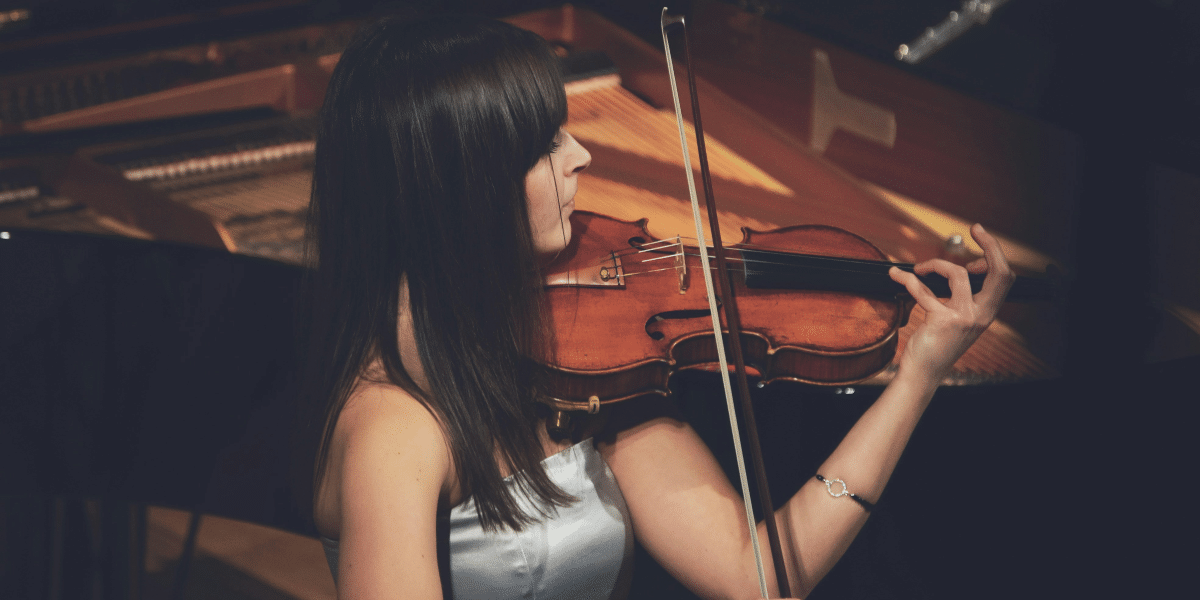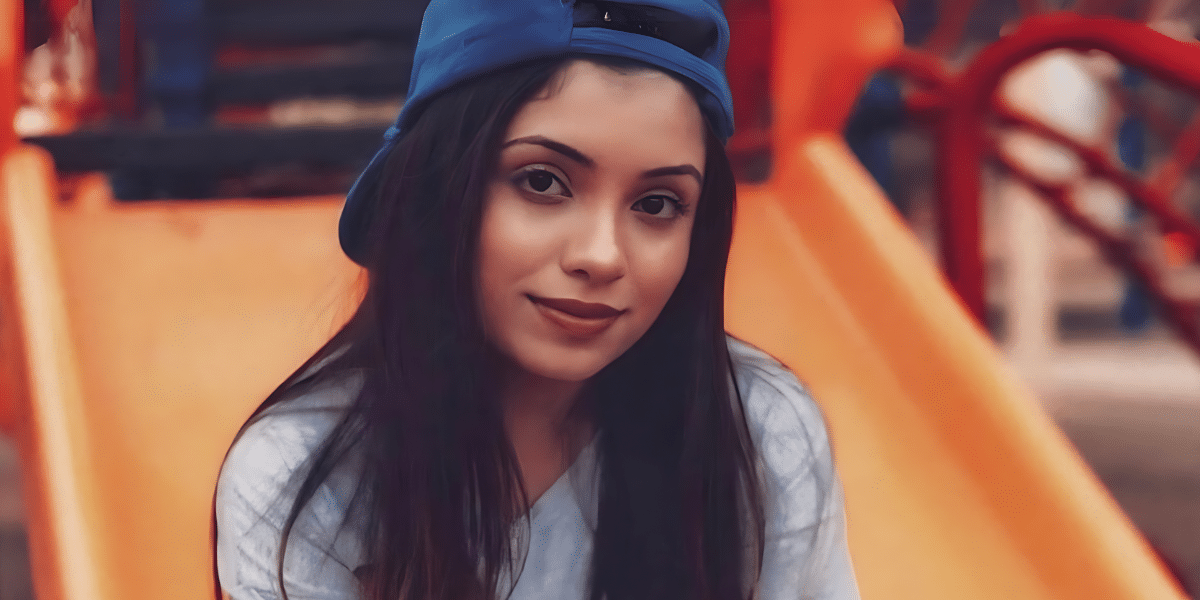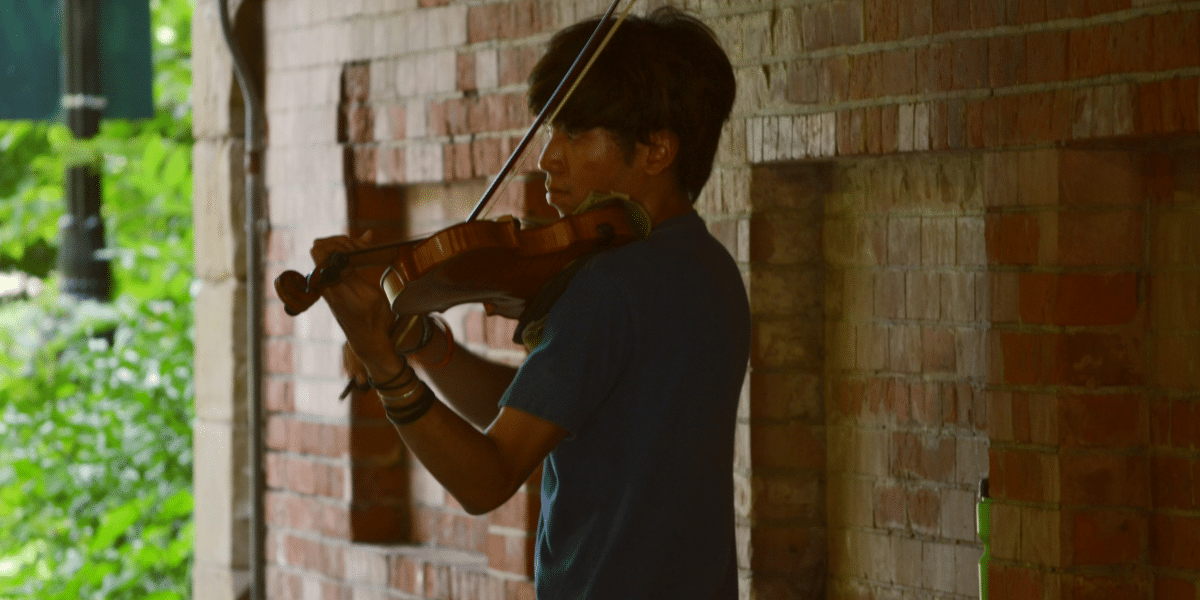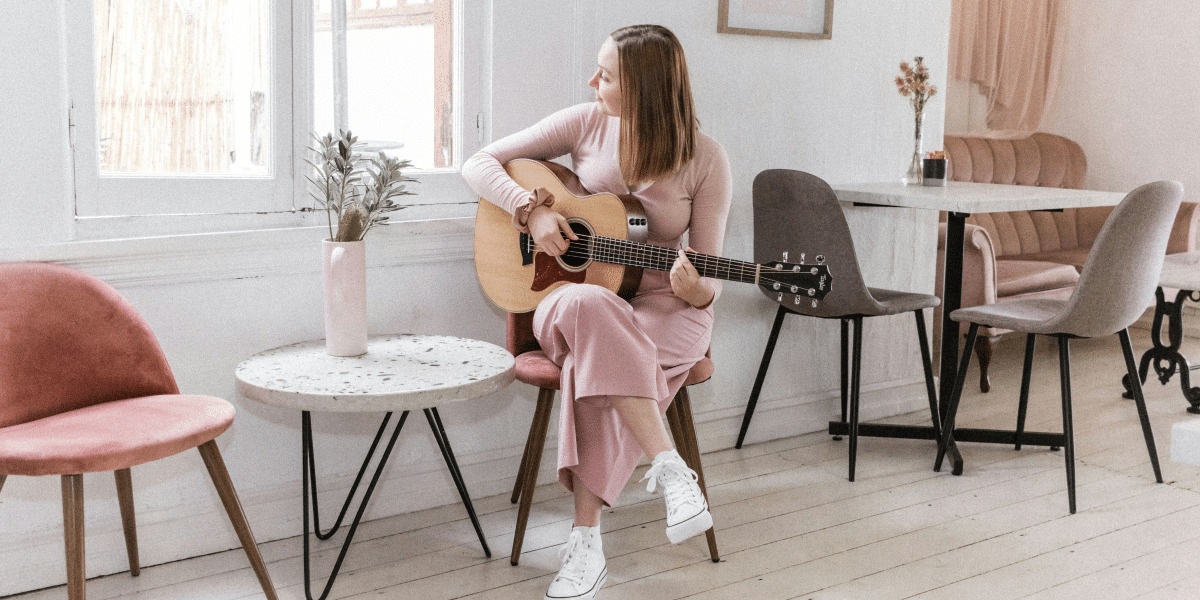For most of us, music is something we hear. But for individuals with synesthesia, a fascinating neurological condition, music might also conjure up a kaleidoscope of colors, swirling shapes, or even taste sensations. This blending of the senses creates a unique and sometimes profound way of experiencing sound.
What is Synesthesia?
Synesthesia is a condition where stimulation of one sensory pathway triggers automatic, involuntary experiences in another sense. While there are many types of synesthesia, one of the most common is sound-to-color synesthesia, where people experience colors when they hear music or individual notes. It’s important to note that this isn’t a matter of imagination; it’s an automatic neurological response.
The colors and patterns experienced by people with synesthesia vary widely. One person might see bursts of vibrant yellow and orange when they hear upbeat music, while another might experience calming blues and purples with slower tempos. Some people see colors for individual notes – an E flat might always be a deep shade of blue, for example. Textures, shapes, and even tastes can also be part of the synesthetic experience of music.
“It’s hard to explain synesthesia to someone who doesn’t have it,” confesses a musician with synesthesia. “It’s not that I imagine colors with the music; I genuinely see them. It’s an extra dimension that makes music feel even richer and more layered.”
Is Synesthesia Real?
Historically, some dismissed synesthesia as people being overly imaginative. However, modern neuroscience confirms the very real neurological basis of the condition. Brain scans show that areas associated with sensory processing become cross-activated in individuals with synesthesia, leading to the blended sensory experiences.
Many musicians and composers with synesthesia describe their condition as a creative asset. The visual dimension might inspire new melodies or give them a unique way to analyze musical structure. Seeing colors associated with specific keys can even be a helpful tool when it comes to memorizing musical pieces.
Throughout history, numerous prominent artists and musicians are believed to have had synesthesia. Composer Franz Liszt reportedly asked his orchestra to play “a little bluer” during rehearsals, likely referring to the colors he saw associated with the music. Modern musicians like Pharrell Williams and Billy Joel also describe experiencing sounds with visual components.
While sound-to-color synesthesia is particularly common, people can experience all sorts of sensory blending. Some “see” words in different colors, others associate distinct tastes with certain sounds, or feel musical notes as physical sensations on their skin. The variations are nearly endless and continue to fascinate researchers.
“Synesthesia is a reminder that our perception of the world is far more subjective than we often realize,” notes a neuroscientist specializing in synesthesia research. “It challenges our notions of ‘normal’ sensory experiences.”
Can You Develop Synesthesia?
While synesthesia is primarily a neurological condition people are born with, there’s some evidence that it might be possible to cultivate certain types of sensory associations under specific conditions. However, this is an ongoing area of research, and it’s unlikely someone without a predisposition to synesthesia could suddenly start seeing colors dancing before their eyes every time they hear a symphony.
Whether you experience synesthesia or simply find the concept fascinating, it highlights the incredible diversity of human perception. While most of us experience the world through clearly defined sensory channels, synesthesia serves as a reminder that the lines between our senses are blurrier and more interconnected than we might initially assume.






